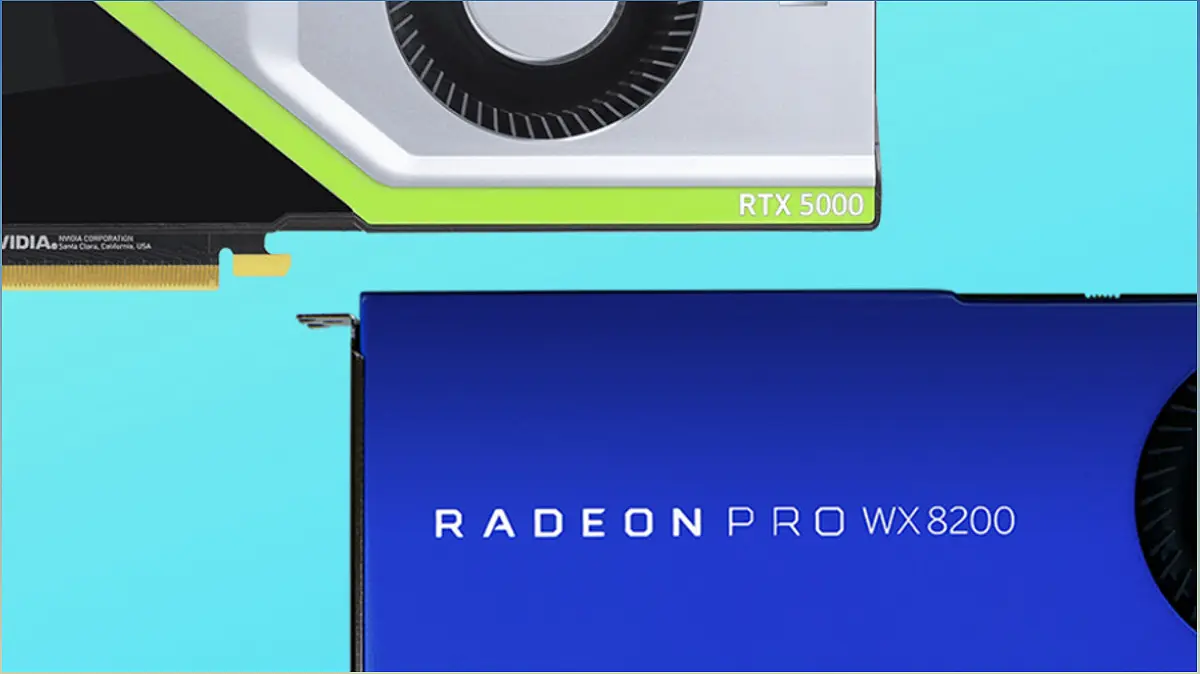Are you a professional in a graphics-intensive industry? If so, you know the importance of having the right tools to bring your creative visions to life. In this guide, we will explore the fascinating world of workstation graphics cards and how they can unlock your true potential. From their benefits and differences from gaming cards to tips for choosing the perfect one, get ready to dive into the realm of precision, accuracy, and unparalleled performance.
Understanding Workstation Graphics Cards
Explore the world of workstation graphics cards and their significance in professional applications.
Workstation graphics cards are specialized hardware components designed for professional applications that require high-performance graphics rendering. Unlike gaming graphics cards, which prioritize high frame rates and visual effects, workstation graphics cards focus on accuracy, precision, and stability. These cards are optimized for tasks such as 3D modeling, animation, video editing, and CAD.
Having the right workstation graphics card can significantly impact productivity and the quality of work for professionals in fields such as graphic design, architecture, engineering, and content creation. These cards offer superior performance and reliability, with larger memory capacities, advanced cooling systems, and robust driver support. They excel at handling complex calculations, real-time rendering, and working with large datasets or intricate visual designs.
Key Differences from Gaming Graphics Cards
Discover the distinctions between workstation graphics cards and gaming graphics cards.
One of the main differences between workstation graphics cards and gaming graphics cards is the emphasis on precision and accuracy. While gaming cards prioritize fast rendering and high frame rates, workstation cards prioritize the accuracy of colors, shading, and textures. This is crucial for projects that require precise color representation, such as photo editing or visual effects production.
Another key difference is the driver support and certification that workstation graphics cards offer. Manufacturers of these cards work closely with software developers to ensure compatibility and stability with professional applications. Workstation cards undergo thorough testing and certification by software vendors to guarantee optimal performance and functionality. This provides peace of mind to professionals who rely on industry-standard software.
Benefits of Workstation Graphics Cards
Explore the advantages and features that make workstation graphics cards indispensable for professionals.
Workstation graphics cards offer a range of benefits, including enhanced performance, precision and accuracy, stability and reliability, robust software support, multi-monitor support, and GPU acceleration for specialized tasks such as ray tracing. These cards are known for their longevity and compatibility with future software advancements, making them a worthwhile investment for professionals.
Choosing the Right Workstation Graphics Card
Get valuable tips for selecting the perfect workstation graphics card for your specific needs.
When choosing a workstation graphics card, it is important to consider factors such as performance requirements, compatibility and certification, memory capacity and bandwidth, software support and updates, budget, power requirements, connectivity and display support, and reviews and user feedback. By considering these factors, professionals can make an informed decision and choose the right card for their specific needs.
Upgrading and Maintaining Workstation Graphics Cards
Learn about the benefits of upgrading and the importance of maintenance for optimal performance.
Upgrading a workstation graphics card can significantly enhance performance and capabilities. When upgrading, it is important to consider factors such as compatibility, performance gain, budget, future-proofing, software support, installation process, and selling or recycling the old graphics card. By considering these factors and following the necessary steps, professionals can successfully upgrade their graphics card and unlock new possibilities for their work.
Maintaining and troubleshooting a workstation graphics card is crucial for optimal performance and longevity. Important tips for maintenance and troubleshooting include keeping the GPU temperature in check, updating graphics card drivers, monitoring and managing power supply, checking for firmware updates, monitoring system temperatures, resolving driver conflicts, checking for loose connections, and referring to support documentation and user forums. By following these tips, professionals can keep their graphics card running smoothly and address common issues effectively.

